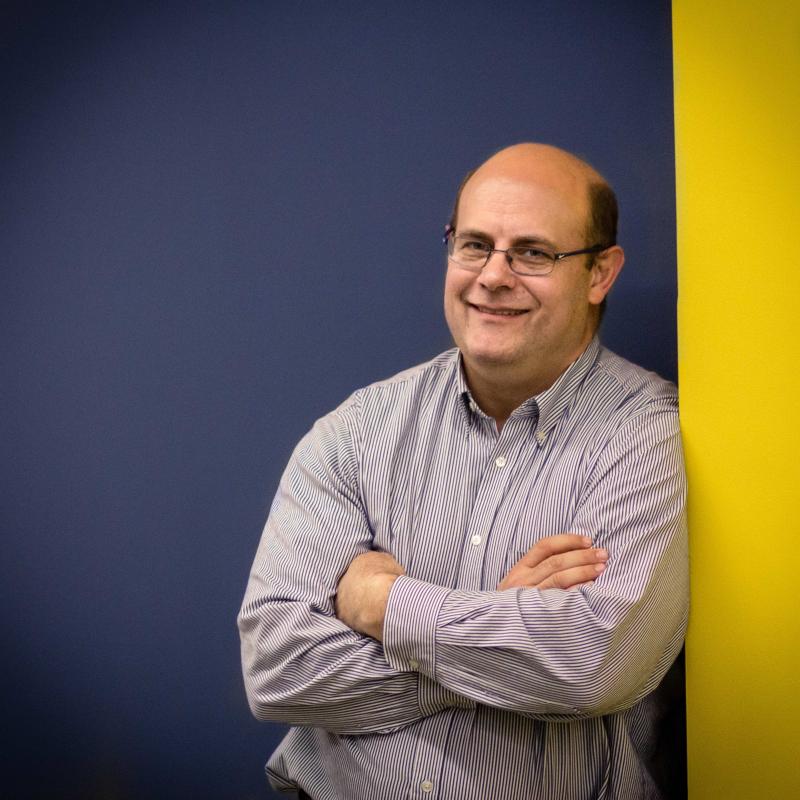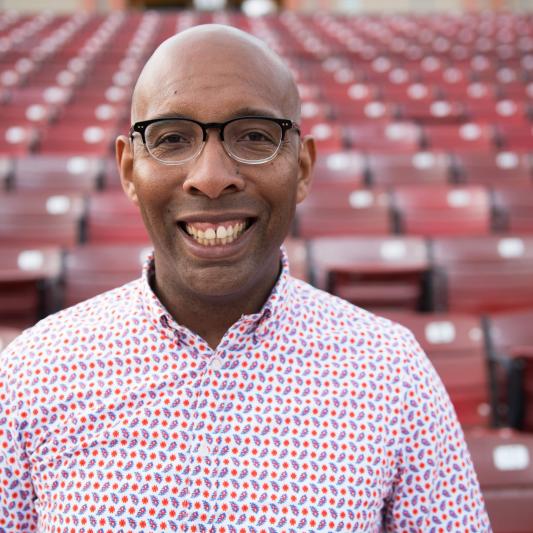
Christian Sanchez
It was out of necessity that Christian Sanchez decided to pursue higher education, after losing the taco and birria restaurant he ran with his wife in San Diego six years ago.
A father of five in his late 30s, Sanchez initially set out to enroll in community college, get a better understanding of how to run a business, and get out so he could reopen his restaurant. But back in school he found himself reconnecting to a childhood passion: writing.
“When I was in my skater phase as a kid, my brother and I would make skateboarding magazines and distribute them throughout the apartment complex where we lived,” said Sanchez, who graduates from Stanford with a bachelor’s degree in English this summer. “My English courses reminded me that I can use my voice in powerful ways through the written word.”
Sanchez pivoted his career goals from working in the kitchen to the classroom, as a community college English professor. But a few administrative hiccups in his own community college experience set his sights even further — to becoming a community college president.
“My experiences showed me that there are some things in the community college space that need to change,” he said, pointing to issues like a lack of administrative transparency, the way in which some administrators interact with students, and students’ need to understand how to file complaints against administrators without the fear of retaliation.
This newfound desire drove Sanchez to pursue both the undergraduate honors program and minor in education at the GSE, where he is working on a research project that examines student experiences with the transfer credit evaluation processes.
Among the things he’d like to see change is the push for older students to go to vocational or professional school, rather than higher education, and creating simpler pathways for them to do so.
“A lot of four-year institutions aren’t attuned to helping older adult learners, and that’s one narrative I’d like to help shift,” he said. “I think giving students the agency to create and develop what they learn within higher academic spaces, rather than trying to fit them into a mold, is a step in the right direction.”
Photo: Joleen Richards | Words: Olivia Peterkin



